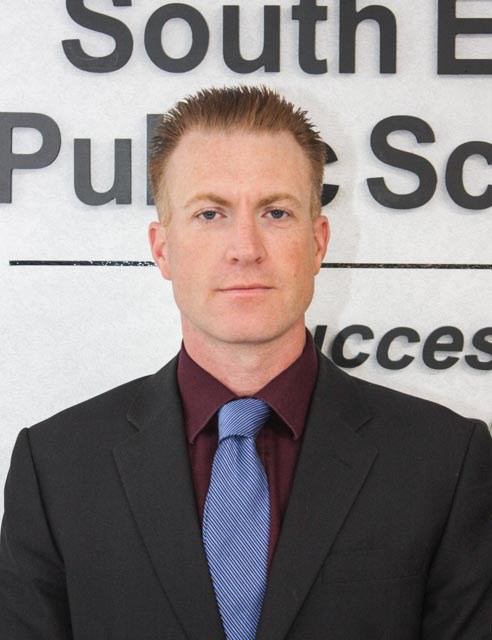WEYBURN - It’s difficult to argue against data-driven information, so when a couple of Â鶹ÊÓƵ East Cornerstone Public School Division administrators deliver compelling findings regarding students’ academic wellbeing, the facts are digested and appreciated by the division’s governing body.
How are our students doing? was the title given to a data presentation to the Cornerstone board members on June 15 during the regular open business meeting.
The data and commentaries were provided by deputy director of education Keith Keating, who is replacing retiring director Lynn Little, and Aaron Hiske, superintendent of education.
Data has been collected for comparison of students’ learning paces now compared with the nearly two years of virtual learning practices that needed to be implemented during the COVID-19 pandemic.
Hiske explained the early learning years charts placed before the board members were in three tiers, and included the very early years up to ages eight and nine.
He pointed to relative consistency in the learning trajectories even with the challenges brought about by the pandemic.
The reading and math skill sets for students from Grades 1-9 were still well established, as were most overall curriculum subjects in that crucial Grades 1-3 sector.
“We see a full grade level of growth,” said Keating, who pointed out that data collected recognized those who were proceeding above grade levels as well.
Keating added he felt the overall results were positive considering what the students and educators had been through.
The collected data “allows us to ear mark areas where a child may need help,” said Hiske, noting that while certain students may show a reading and math comprehension level a bit below expectations, “that doesn’t mean they end up staying there. It all depends on growth,” said Hiske. With about 80 per cent of the young students reaching the target and with only about six per cent in the groups requiring more intensive assistance, the overall record showed a pretty clear path of success moving forward.
“There was no significant drop from pre-pandemic data we had,” added Keating. That was significant seeing as how there were all sorts of adverse conditions to react to and overcome along the way prior to the recent months of relatively normal classroom activities.
Using this series of graphs and charts, the two administrators indicated the areas where some students would require additional supports, but in total, the results were encouraging.
“It will be interesting to see where we’ll be next fall,” said Hiske.
Keating said there has been four testing sectors, with the result of three of them now tabulated in crucial literacies and numeracy up to Grade 9, and the results from the fourth tier completed in mid-April to be made known soon.
The two admitted there was still work ahead in terms of crucial pieces they needed to have to complete a full report and that teachers drove the final report card environments.
Hiske added that educational outcomes regarding First Nations treaty studies were also introduced as part of the data collection process, with Cornerstone being only the second division in the province to undertake the first stages of this important sector.
They said it was their first attempt to grab data on treaty education topics and at first they weren’t sure what areas they needed to focus on, but at the current assessment about 80 per cent of the youngsters were achieving or meeting expectations regarding treaty promises, provisions and relationships.
“This data shows us where we’re doing well and targets areas that need more attention and where we need to focus next year,” said Keating.
Final results for students will come in the form of make-up exams, traditional exams or special projects.
It was noted that some students have not written an exam paper in three years, but assurances were given that teacher assessments have not wavered, and there are optional paths that are approved by the Ministry of Education to prove a student’s success rate.





